The Timeless Art of Hand Clippers: A Legacy of Craftsmanship and Precision
Why Hand Clippers Were Indispensable in Daily Life
Hand clippers were once an essential tool in daily life, cherished for their practicality and versatility. Whether for personal grooming, maintaining a neat appearance, or tending to a garden, these tools were indispensable in a variety of settings. Their simplicity and effectiveness made them a staple in homes, barber shops, and gardens alike. At a time when advanced technology was either unavailable or rudimentary, hand clippers represented self-reliance, allowing individuals to care for themselves and their surroundings independently.
The convenience of owning a good pair of hand clippers meant the ability to take care of everyday tasks without the need for assistance or specialized tools. Whether trimming one’s hair, shaping the hedges, or pruning delicate plants, these tools offered the means to do so with skill and precision. For many, there was pride in using hand clippers well. They were more than just tools; they were symbols of craftsmanship and autonomy.
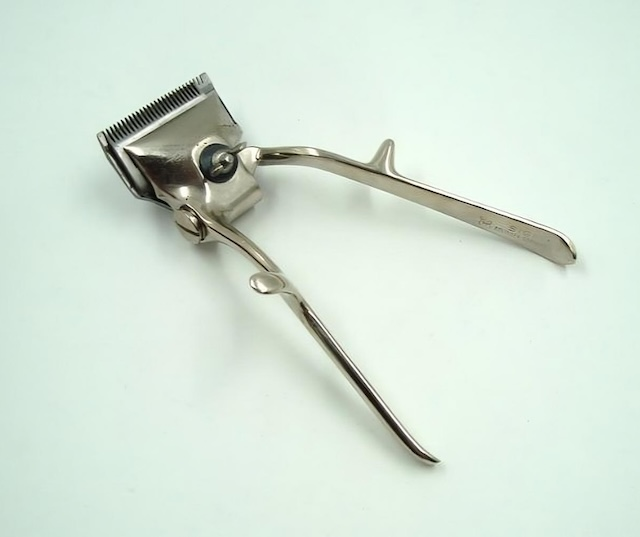
Exploring the Different Types of Hand Clippers
Hand clippers come in several forms, each designed for a specific task. The versatility of these tools made them indispensable across various domains. Let’s explore the most common types of hand clippers:
Hair Clippers
Hair clippers were essential tools for personal grooming. Barbers, for instance, relied on these tools to shape and trim hair with precision. Unlike modern electric versions, manual hair clippers required steady hands and skill to ensure an even, clean cut. These clippers were not only tools of the trade but also a symbol of the barbershop’s atmosphere—a place where expertise and tradition combined in a single movement.
Garden Shears
Garden shears were another widely used type of hand clipper, designed specifically for trimming shrubs, hedges, and small branches. Their sturdy build allowed users to cut through tougher materials without straining. Skilled gardeners prided themselves on their ability to handle these shears with ease, ensuring their plants were always neat, healthy, and well-maintained. Garden shears were a critical tool for anyone passionate about maintaining an orderly garden.
Pruning Scissors
Pruning scissors, or pruning shears, were used for delicate work on plants and flowers. These small yet sharp tools were perfect for trimming away dead or excess growth, fostering healthy growth in plants. Pruning scissors allowed for careful, targeted cuts, making them an essential item in any serious gardener’s toolkit. The precision involved in their use required patience and skill, as they were designed to care for living plants rather than just cutting through dead wood.
Each of these types of hand clippers had its specific purpose, and mastering their use required practice, skill, and an understanding of the task at hand. It was not just about having the right tool but knowing how to wield it effectively.

The Craftsmanship Behind Hand Clippers
The act of using hand clippers was far from mundane. It was an art form that required patience, dexterity, and skill. Unlike modern electric clippers, which have simplified many tasks, the manual operation of hand clippers demanded attention to detail and a deep understanding of the mechanics involved. Barbers, for example, mastered the art of using hair clippers, creating sharp, precise lines with every cut. Their skill became a point of pride, as each snip contributed to a finished product that reflected their ability.
Similarly, gardeners honed their expertise with shears and pruning scissors, understanding the nuances of different plants and how best to care for them. A gardener who was skilled with hand clippers could prune and shape plants with the utmost precision, ensuring not just the plants’ survival, but their flourishing growth. The craftsmanship required was a highly regarded skill, one passed down through generations and deeply rooted in tradition.
However, as technology has advanced, the tactile experience of using hand clippers has diminished. The rise of electric clippers and machines has made tasks faster and more efficient, but it has also diminished the pride that came with mastering a manual tool. While modern clippers certainly have their advantages, the artistry involved in using hand clippers remains a respected part of history.
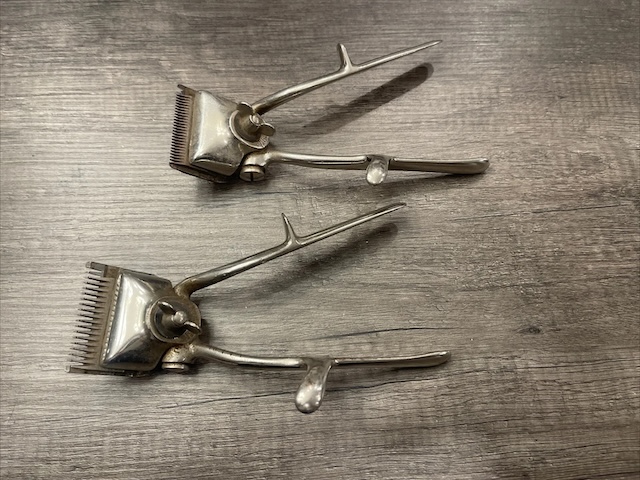
The Shift to Modern Clippers: A Technological Evolution
The transition from manual to electric clippers marked a significant shift in how people approached tasks such as haircuts and gardening. Electric clippers revolutionized the industry by offering speed, efficiency, and precision. Tasks that once required hours of manual labor could now be completed in a fraction of the time with far less physical effort. For barbers and gardeners alike, this technological advancement meant more customers served and more work accomplished in less time.
While electric clippers have their clear benefits, this shift also marked the end of an era where manual labor and craftsmanship were at the forefront. The rise of convenience often overshadowed the satisfaction that came from using hand tools. Many long for the days when the effort required to use hand clippers was a reflection of a job well done. There was something special about the tactile nature of manual work, where skill and effort were directly connected to the final outcome.
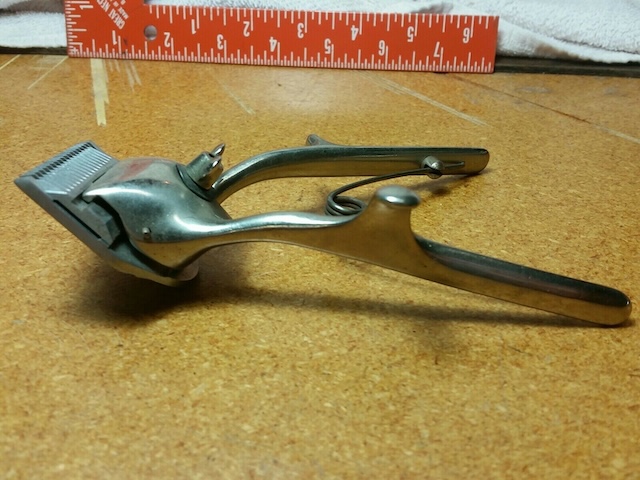
The Nostalgia and Sentimental Value of Hand Clippers
Despite the technological advancements that have made manual hand clippers less common, these tools still hold a special place in many hearts. For some, they are cherished heirlooms, passed down through generations. These tools are not only practical but carry sentimental value, evoking memories of simpler times when life moved at a slower pace. The clippers symbolize a connection to past generations and a reflection of the values of craftsmanship, dedication, and self-reliance.
For those who still own hand clippers, they are a reminder of a time when the value of hard work and skill was more tangible. These tools offer a link to the past, preserving a tradition of self-sufficiency and pride in one’s work. The nostalgic appeal of hand clippers goes beyond their functionality; they represent a bygone era, one where tools were used with care and reverence.
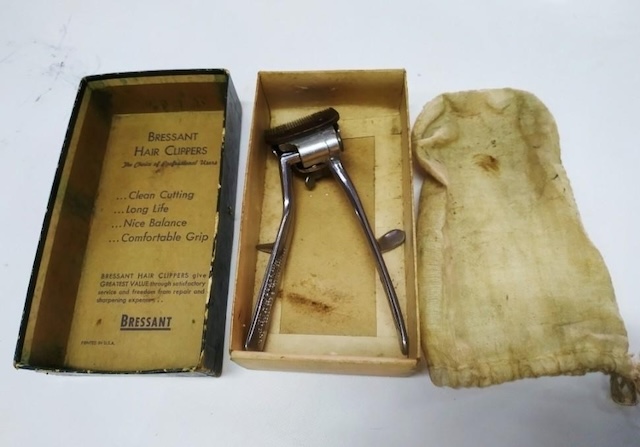
Conclusion: Preserving the Legacy of Hand Clippers
As we move forward into an increasingly technology-driven world, it’s essential to remember the legacy of tools like hand clippers. While modern alternatives may offer speed and convenience, they lack the connection to craftsmanship and skill that manual tools once provided. Hand clippers serve as a reminder of a time when work was valued for the effort and skill it required, and the pride of a job well done was celebrated.
Preserving the legacy of hand clippers, then, is about more than simply keeping old tools. It’s about honoring a tradition of self-reliance, skill, and dedication. As we embrace modernity, let’s not forget the value of craftsmanship and the satisfaction that comes from using our hands to accomplish meaningful tasks. The legacy of hand clippers is not just in their utility, but in the values they represent—values that are still worth preserving today.
Share this content:

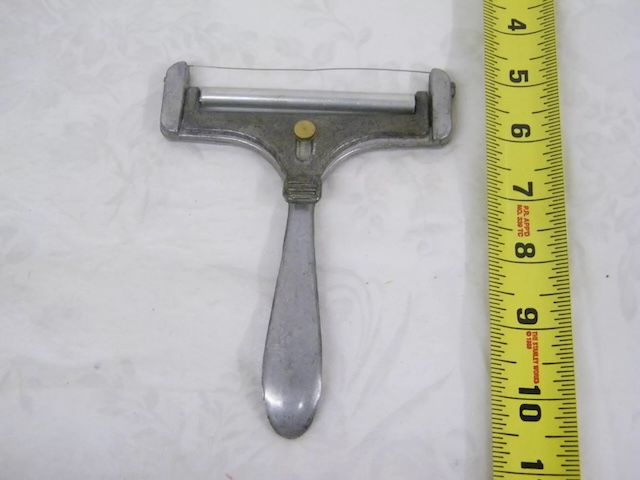
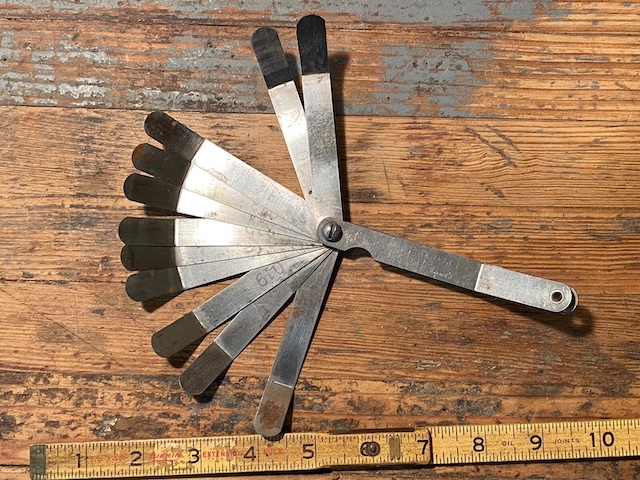






Post Comment